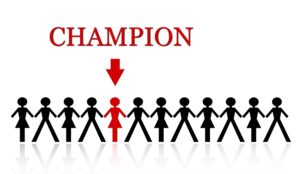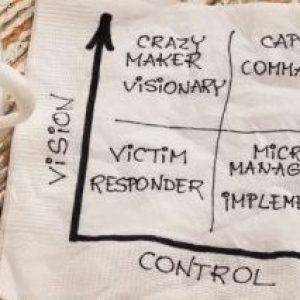
Leader vs. Manager: The Perfect Blend
I’ve been doing a lot of reading, writing and discussing of leader vs. manager. Some schools of thought assert there are distinct administrative models: one being

I’ve been doing a lot of reading, writing and discussing of leader vs. manager. Some schools of thought assert there are distinct administrative models: one being

Authority is one of the clearest distinctions between a leader and a manager. I’ve been writing about this in my recent posts. The definitions of

The difference between a leader and a manager is frequently the subject of much debate. If you’ve categorized yourself as one vs. the other, you’ve likely been

Leader vs. manager: which hat fits you best? When it comes to your administrative skills (and style), knowing which hat you’re wearing, and which fits you best,

How are you preparing to be a better leader in 2021? Employees look to their managers and business leaders to help them make sense of

If you work for a compulsive manager, you likely experience mixed feelings over completing great work vs. bearing the pain that comes with it. A

Corporate culture places a high value on accomplishment and productivity, so it’s no surprise that many compulsive managers rise to executive positions. I see this

I’ve been writing about leading beyond your authority. Ultimately, your success depends on knowing how to influence and inspire others. According to Clay Scroggins, author

An organization’s health is only as sound as its leader’s decisions. Some companies prosper from wise leadership directions, while others struggle after flawed choices—choices that

How a leader responds to adversity reveals how effective that leader truly is. Reactions to setbacks or crises not only test leadership character but define

Business is an active, demanding endeavor. Only those who consistently apply themselves succeed. Organizations that thrive require leaders who actively dream, plan, engage, solve, pursue,

Surveys and studies indicate global job dissatisfaction is at a two-decade high. Disengaged employees account for nearly 70 percent of the workforce, which significantly affects







